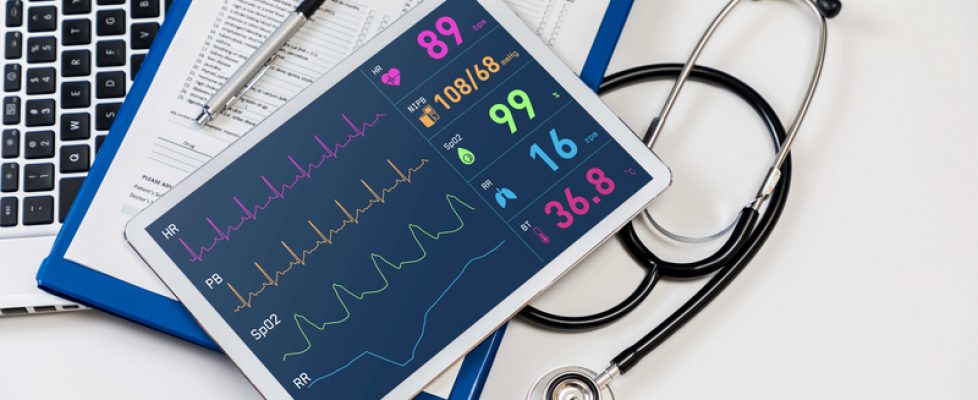CMS finalizes changes to remote monitoring reimbursement for home health providers
Beginning Jan. 1, 2020, home health providers will be allowed to build the costs of remote monitoring technology into Medicare reimbursement, according to a new rule finalized by the Centers for Medicare & Medicaid Services on Wednesday.
The rule (PDF), which includes a $420 million pay increase for home health agencies next year, would not allow home health providers to bill directly for remote monitoring technology, but instead, include the costs in Medicare cost report forms.
CMS noted that the new flexibility would further the adoption of technologies that allow patients to receive care at home and “share more live-time data with their providers and caregivers, which will lead to more tailored care and better health outcomes.”
“This home health final rule focuses on patient needs and not on the volume of care,” CMS Administrator Seema Verma said in a statement. “This rule also innovates and modernizes home health care by allowing remote patient monitoring. We are also proud to offer new home infusion therapy services. Using new technology and reducing unnecessary reporting measures for certifying physicians will result in an annual cost savings and provide home health agencies (HHAs) and doctors what they need to give patients a personalized treatment plan that will result in better health outcomes.”
The agency also finalized a new Patient-Driven Groupings Model (PDGM) that will pay home health providers based on patient characteristics, along with changes to the quality reporting program that are expected to save providers $60 million annually.
CMS also eliminated a requirement that physicians estimate how much longer a patient requires home care when recertifying them for continued services. Additionally, the agency opened up new transitional payments for home infusion services for 2019 and 2020.

